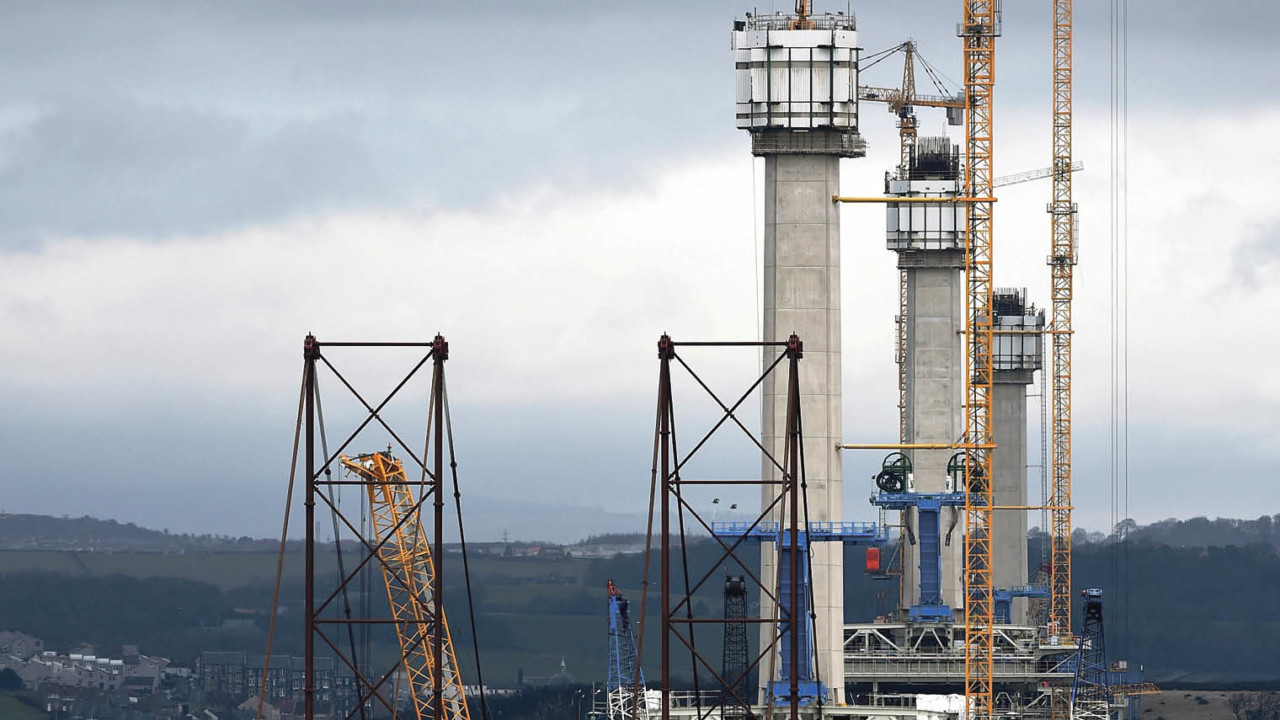Triggering article 50 of the Treaty of Lisbon
On 29 March 2017 the UK government triggered article 50 of the Treaty of Lisbon when a letter was delivered by hand to the European Council’s president, Donald Tusk, in Brussels. The letter set out the UK’s negotiating priorities and started the two-year process for Brexit.
The Treaty of Lisbon brought together the Maastricht Treaty, the amending Amsterdam and Nice Treaties, and the Rome Treaty into a single agreement forming the constitutional basis for the European Union. Article 50 sets out the terms for a member withdrawing from the EU. The process begins by notifying the European Council of its decision, referred to as triggering Article 50.
Once Article 50 is triggered the withdrawing nation and the European Council must negotiate the terms of withdrawal, as well as a plan for the nation’s future relationship with the EU. During this time, all European Treaties, laws and regulations continue to apply to the withdrawing nation until the withdrawal agreement comes into force or after two years has elapsed.
The process is unprecedented, and new ground both for the UK and the EU. There are many issues to deal with, which are not helped by the vague and limited wording of Article 50.
However, Julia Evans, BSRIA Chief Executive welcomed the start of the process:
“We trust that this will bring much-needed clarity and order in the ongoing Brexit debate. The specifics of which EU rules and regulations the UK will be able to ‘keep’ remain to be seen and are evidentially up for negotiation. What industry does need is strong leadership to bring economic confidence and stability, avoiding a disruptive cliff-edge.
“Indeed, as we move forward, we must not lose sight of the fact that it is crucial that the construction industry’s voice is heard in the Brexit deliberations. What is evident is that the ‘construction industry is open for business’.”
BSRIA has launched a Brexit Topic Guide which sets out key facts and explains a myriad of need to know issues, from the free movement of EU nationals, visa applications, the impact on skills and training and the Supreme Court ruling, to a Brexit FAQ, the role of the Department for Exiting the EU, the Canada, Norway and Swiss Models and what happens to EU legislation.
--BSRIA
RIBA president Jane Duncan said: "EU citizens, from outside the UK – people who we count as colleagues, friends and family – make a significant contribution to our profession. We would like to assure these colleagues that we are continuing to press government to ensure your rights are protected as a matter of priority.”
NFB chief executive Richard Beresford said: “The construction industry is undergoing a major skills crisis and remains heavily reliant on skilled workers from the EU, who make almost 10% of all construction workers in the UK. That is why we need to foster home-grown talent and attract more people from all backgrounds to join a career in construction.”
RICS head of UK policy Jeremy Blackburn said: "Unless the free movement of skilled labour is secured during negotiations, we believe that the UK’s predicted £500bn infrastructure pipeline may be under threat. Our latest figures show that 8% of the UK’s construction workers are EU nationals, accounting for some 176,500 people. A loss of access to the European labour market has the potential to slowly bring some of the UK’s biggest infrastructure projects to a standstill.”
[edit] Find out more
[edit] Related articles on Designing Buildings Wiki
- Architects' Brexit statement.
- Brexit - the case for infrastructure.
- Brexit Topic Guide.
- BSRIA articles on Designing Buildings Wiki.
- BSRIA Brexit white paper.
- BSRIA calls for clarity following Brexit Article 50 High Court ruling.
- BSRIA response to Brexit speech.
- BSRIA response to Brexit white paper.
- HVAC and smart energy post-Brexit.
- Overcoming the challenges of Brexit.
- Post brexit, house building and construction remains a safe sustainable industry.
- Post-Brexit vision for construction.
- Safeguarding infrastructure post-Brexit.
- What does Brexit mean for construction?
Featured articles and news
The context, schemes, standards, roles and relevance of the Building Safety Act.
Retrofit 25 – What's Stopping Us?
Exhibition Opens at The Building Centre.
Types of work to existing buildings
A simple circular economy wiki breakdown with further links.
A threat to the creativity that makes London special.
How can digital twins boost profitability within construction?
The smart construction dashboard, as-built data and site changes forming an accurate digital twin.
Unlocking surplus public defence land and more to speed up the delivery of housing.
The Planning and Infrastructure Bill
An outline of the bill with a mix of reactions on potential impacts from IHBC, CIEEM, CIC, ACE and EIC.
Farnborough College Unveils its Half-house for Sustainable Construction Training.
Spring Statement 2025 with reactions from industry
Confirming previously announced funding, and welfare changes amid adjusted growth forecast.
Scottish Government responds to Grenfell report
As fund for unsafe cladding assessments is launched.
CLC and BSR process map for HRB approvals
One of the initial outputs of their weekly BSR meetings.
Architects Academy at an insulation manufacturing facility
Programme of technical engagement for aspiring designers.
Building Safety Levy technical consultation response
Details of the planned levy now due in 2026.
Great British Energy install solar on school and NHS sites
200 schools and 200 NHS sites to get solar systems, as first project of the newly formed government initiative.
600 million for 60,000 more skilled construction workers
Announced by Treasury ahead of the Spring Statement.
The restoration of the novelist’s birthplace in Eastwood.
Life Critical Fire Safety External Wall System LCFS EWS
Breaking down what is meant by this now often used term.
PAC report on the Remediation of Dangerous Cladding
Recommendations on workforce, transparency, support, insurance, funding, fraud and mismanagement.
New towns, expanded settlements and housing delivery
Modular inquiry asks if new towns and expanded settlements are an effective means of delivering housing.



























